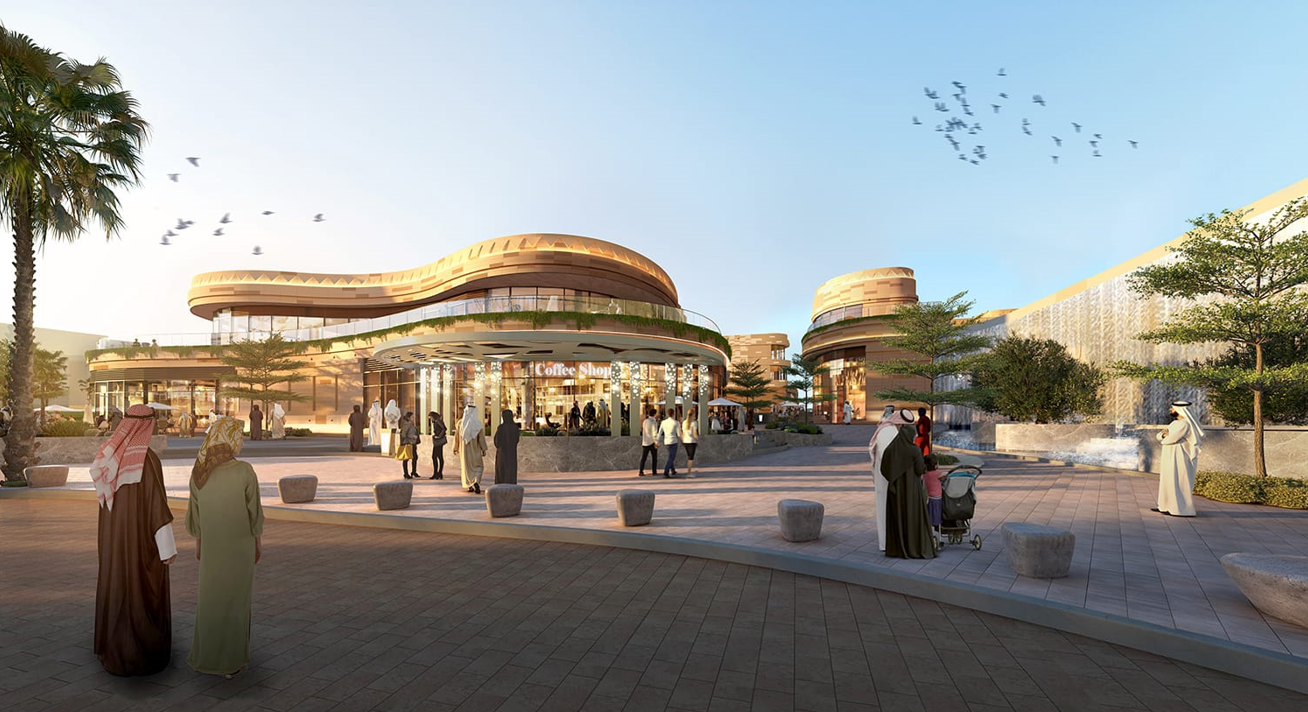Author
Zigurat Global Institute of Technology
Blog / BIM & Construction Management

 The question that we should ask is how the real estate industry can benefit from BIM. We have probably heard of the phrase “Location, location, location”, but is it all that matters? Certainly not. In the early stages of design, BIM can help with the study of building orientation, visualization of surrounding buildings, energy, solar and site analysis, and sustainability evaluation.
As a BIM specialist who works in the real estate Industry, I can say that BIM has helped improve sensitive and strict points every owner and shareholder fights to achieve: profit. When we say profit, it is clear that at this stage we are talking about saving money, and saving money comes along with saving time. Through the use of BIM, real estate developers are generating a positive ROI. A report produced by MCGraw Hill Construction claims that BIM helps contractors improve productivity, efficiency, quality, and safety in their projects. Some other benefits of BIM for the real estate industry are:
The question that we should ask is how the real estate industry can benefit from BIM. We have probably heard of the phrase “Location, location, location”, but is it all that matters? Certainly not. In the early stages of design, BIM can help with the study of building orientation, visualization of surrounding buildings, energy, solar and site analysis, and sustainability evaluation.
As a BIM specialist who works in the real estate Industry, I can say that BIM has helped improve sensitive and strict points every owner and shareholder fights to achieve: profit. When we say profit, it is clear that at this stage we are talking about saving money, and saving money comes along with saving time. Through the use of BIM, real estate developers are generating a positive ROI. A report produced by MCGraw Hill Construction claims that BIM helps contractors improve productivity, efficiency, quality, and safety in their projects. Some other benefits of BIM for the real estate industry are:
 |
Omar Nasrallah, Architect, graphic designer, photographer graduated in Lebanon.
|

Zigurat Global Institute of Technology